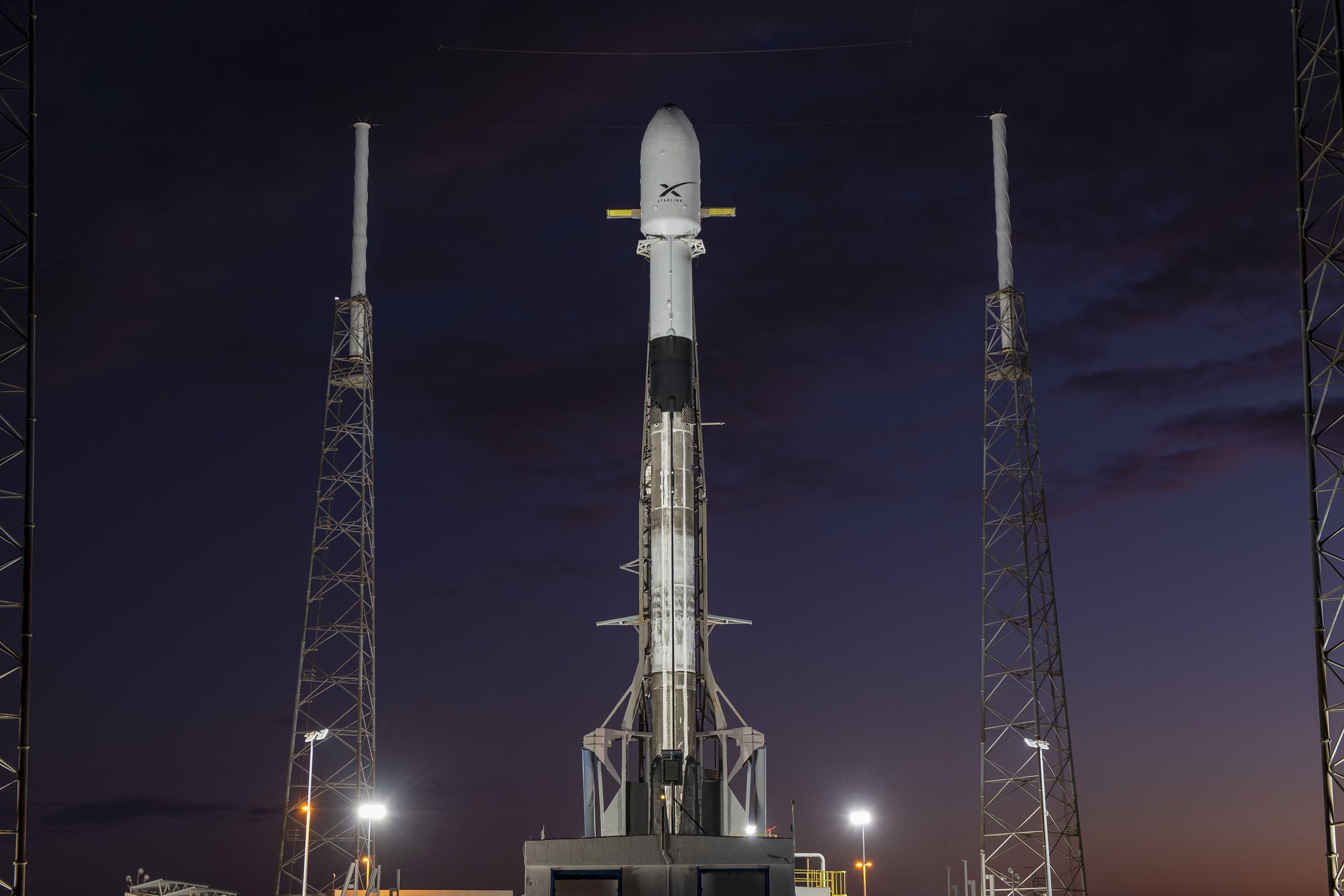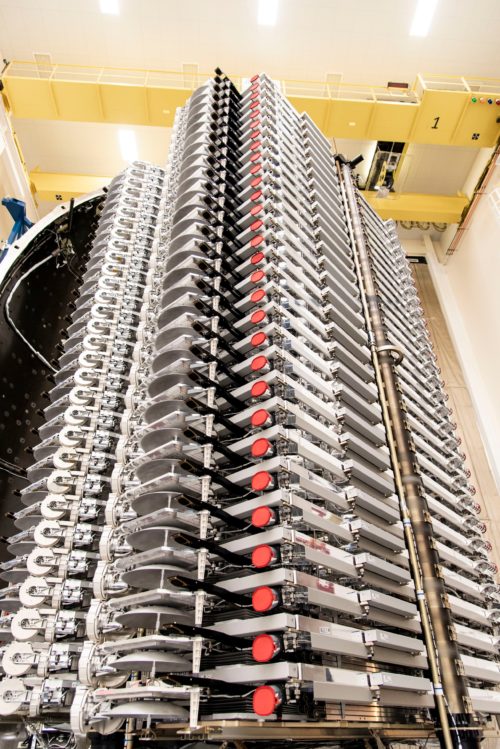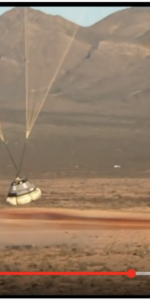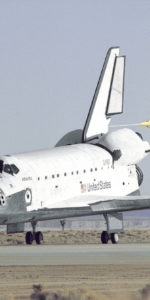
Three months since the roar of a Falcon 9 booster last shook Cape Canaveral Air Force Station—and almost twelve weeks since Florida’s last rocket launch—SpaceX stands primed to soar again on Monday, 11 November, to deliver 60 of its home-grown Starlink internet communications satellites into low-Earth orbit.
Liftoff of the organization’s 11th mission of 2019 is targeting 9:56 a.m. EST, and will mark a new personal best for SpaceX, as rocket ‘B1048’ becomes the first Falcon 9 first-stage core to make a fourth launch, as well as reusing the payload fairing from last April’s Falcon Heavy mission.
FOLLOW updates and live launch day coverage on our Launch Tracker!
Last Wednesday, B1048 and a sparkling-new second stage were returned to historic Space Launch Complex (SLC)-40 at the Cape for a customary static fire test of the nine Merlin 1D+ engines. “Static fire test of Falcon 9 complete,” SpaceX tweeted. “Targeting 11/11 for launch of 60 Starlink satellites from Pad 40 in Florida.”
Weather conditions for Monday morning’s opening launch attempt are expected to be favorable, with an 80-percent probability of acceptable conditions during the relatively short window. “Sunday should begin with noticeably cooler and drier air with easterly winds, which will remain in place through the launch window Monday,” explained the 45th Weather Squadron at Patrick Air Force Base in its L-2 briefing. “The primary weather concern is cumulus clouds with the onshore flow.”

In the event of a 24-hour scrub to Tuesday, the outlook deteriorates slightly to 70-percent-favorable. “On Tuesday, winds will become southerly with a bit more cloud coverage and isolated coastal showers ahead of the next cold front, which is forecast to push into the area Wednesday,” it added. “The main weather concern remains cumulus clouds.”
It has been a long and launchless three months for the Space Coast; SpaceX itself last flew on 6 August to deliver the Amos-17 communications satellite to geostationary altitude, whilst the most recent mission was on 22 August when United Launch Alliance (ULA) executed the swansong of its long-serving Delta IV Medium fleet of boosters to loft the second Block III Global Positioning System (GPS) payload to low-Earth orbit. With many eyes on the arrival of the pathfinder core stage for the Space Launch System (SLS) at the Cape for fit-checks and with dates for the first piloted Commercial Crew missions slipping inexorably to the right, the roar of the nine Merlin 1D+ engines in the Upgraded Falcon 9’s business end and a booster at long last spearing for the heavens will come as a welcome relief.
For almost three years, SpaceX has awed the world with its capacity to fly first-stage cores on multiple missions, returning them back to alight smoothly on solid ground at either the Cape or Vandenberg Air Force Base, Calif., or (sometimes not quite so smoothly) atop the Autonomous Spaceport Drone Ship (ASDS) in the Atlantic or Pacific Oceans. The first orbital-class first-stage booster ever to fly a second launch did so back in March 2017 when B1021 hauled the SES-10 communications satellite, whilst the first to do so on a third occasion took place last December when B1046 transported the SSO-A SmallSat Express multi-payload into space. Four Upgraded Falcon 9 cores—B1046, B1048, B1049 and most recently B1047—have so far chalked up three missions apiece, boosting seven payloads to geostationary orbit and a half-dozen to lower altitudes.
For its part, B1048 pulled its first duty back on 25 July 2018, when it provided the first-stage muscle for the second-to-last instalment of ten Iridium NEXT global mobile communications satellites. Flown out of Vandenberg’s Space Launch Complex (SLC)-4E, B1048 returned to land on the West Coast-based ASDS “Just Read the Instructions” in the Pacific Ocean and survived the worst oceanic weather conditions ever experienced at that time. Seventy-five days later, on 8 October, B1048 was back in business, again roaring away from SLC-4E to transport Argentina’s SAOCOM-1A into a Sun-synchronous orbit. It returned to land on Landing Zone (LZ)-4 at Vandenberg and, in doing so, became the first Upgraded Falcon 9 to alight on solid ground at the West Coast launch site. Four months later, on 22 February 2019, it launched from SLC-40 on the East Coast, boosting Indonesia’s PSN-6 Nusantara Satu communications satellite to geostationary altitude and Israel’s ill-fated Beresheet lander to the Moon.
Returning to LZ-1 at the Cape, B1048 became the first Falcon 9 core to achieve ASDS landings on both the East and West Coasts and a ground-pad touchdown. With its Monday launch, it is expected to return to the East Coast-based ASDS “Of Course I Still Love You”.
On Thursday morning, the ASDS was drawn out of Port Canaveral for what will hopefully represent its 20th successful landing on the East Coast drone ship since April 2016. And B1048’s record-setting fourth mission will loft 60 Starlink satellites as part of a $10 billion SpaceX campaign to emplace thousands of these small Ku-, Ka- and V-band communications hubs into low-Earth orbit. The overall aim is a promise to boost data-speeds and increase the availability of internet access worldwide, specifically underserved and rural regions of the United States. Under the announced Starlink plan, the fully-deployed network—expected to be in operation by early 2024—could have the bandwidth potential to carry up to half of all backhaul communications traffic and a tenth of all local internet traffic in high-population-density cities.
.
.
FOLLOW AmericaSpace on Facebook and Twitter!
.
.






60 more? With all the satellites they’re putting in orbit, Al Gore is going to start warning us about global shading!
Just think KC, there’s only 11,940 to launch in the first constellation not counting the first 60 v0.9 and then only 30,000 more if they get approved.
Sure gonna be a bit squeezy up there
Cheers Neil